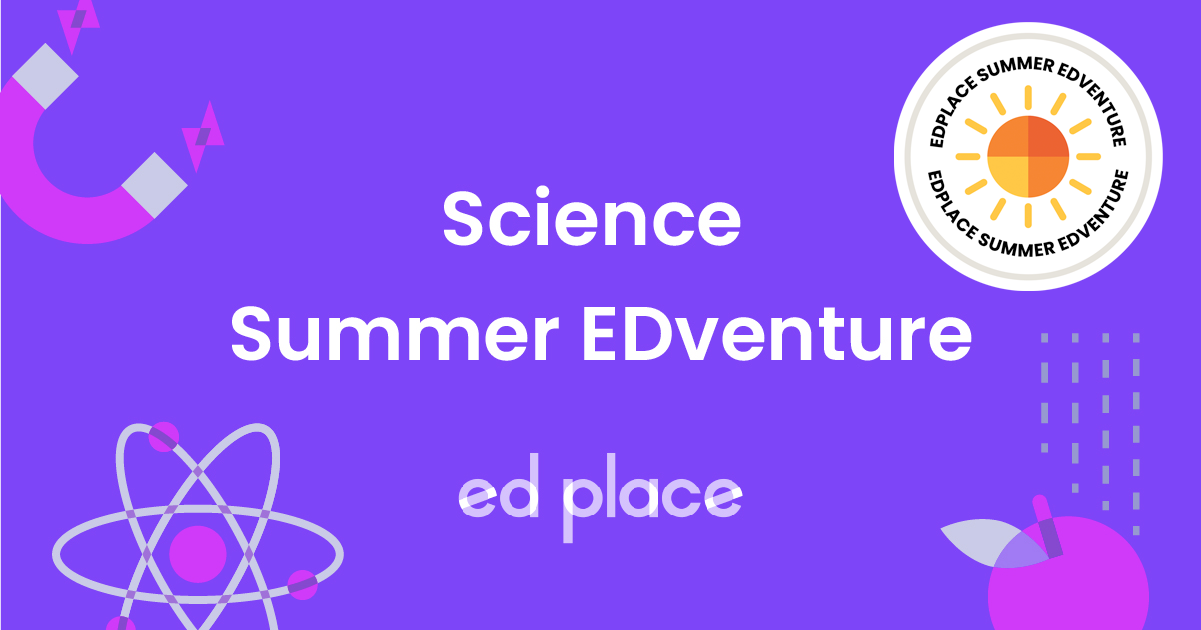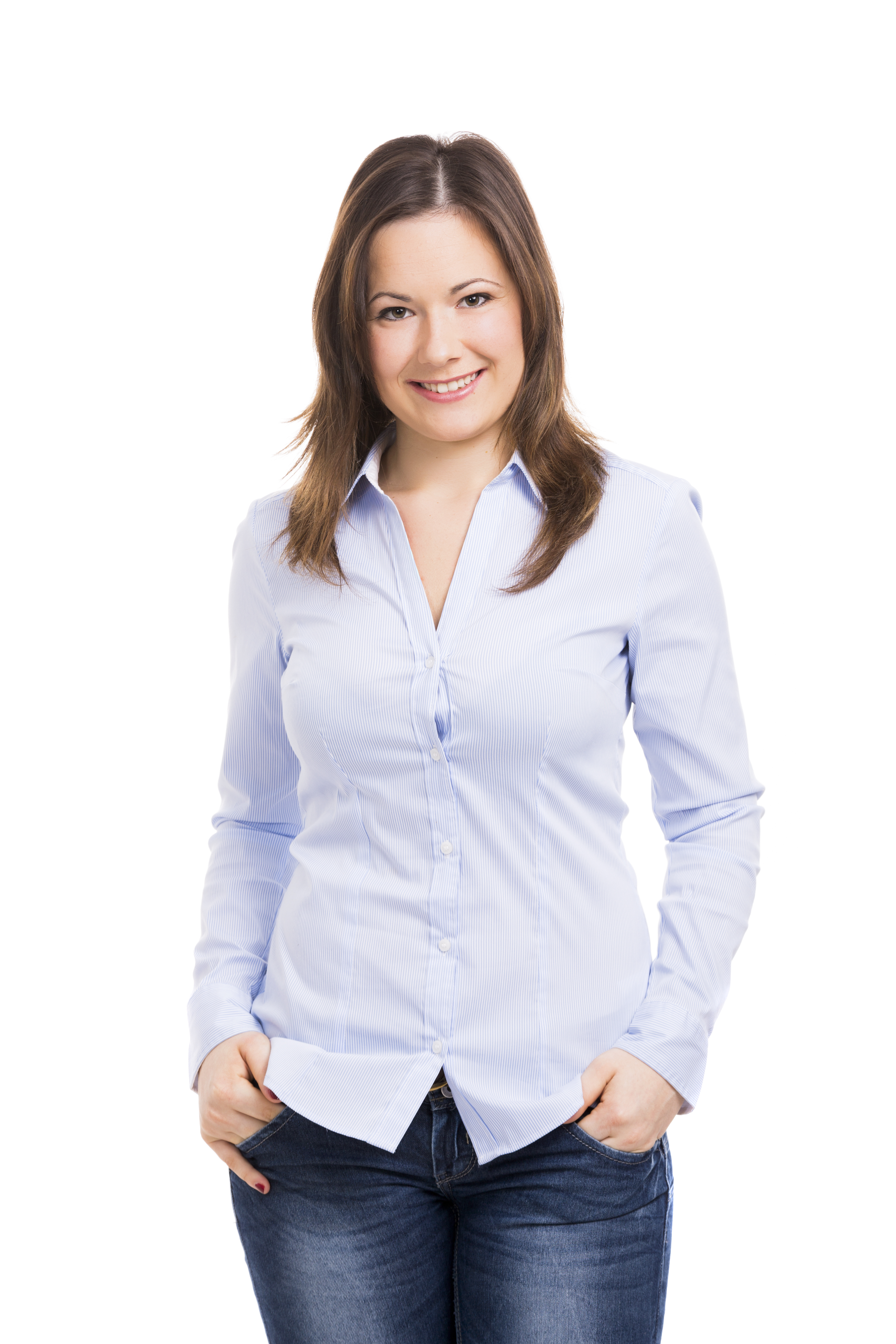
EdPlace's Upper Key Stage 2 Home Learning Science Lesson: The Human Body
There are lots of great activities you can take part in over the summer to keep up your science knowledge. All you need are a few resources and instructions and you are ready to go – it really is that easy! Try this activity to investigate how humans are different from one another and how we grow throughout our lives.
Learning Objectives:
To understand that there are variations between humans and to find out about human growth and development.
Activity 1:
In order to take part in the activity, you will need the following resources:
Equipment for measuring- this will depend on which activities you choose to do, but could be a tape measure, ruler, mobile phone, stopwatch or scales.
We are going to look at the links between our body parts and whether we can see any patterns. For example, do tall people have large feet? Do small people have tiny feet?
Come up with some questions that you would like to investigate about the human body and relationships between body data. These will need to be questions that you can research; for example, if you want to investigate whether tall people have large feet, it will help if you have tall people in your family or friends that you are visiting.
Once you have come up with your research question, you can start investigating! Think about how you are going to write down your results – make sure they are clear to read as we are going to be using them later. Make sure you measure the same thing each time. If you are investigating tall people and their feet, what part of the foot are you going to measure? You could ask them for their height if they know it, but make sure you are using the same unit of measurement for each set of data. Lots of adults may give you their height in feet and inches, but we usually measure objects in cm; you may have to get a tape measure out to check an adult’s height in cm too!
Once you have collected all your data, you need to start thinking about the results. Can you see any patterns? How can we represent the data we have collected?
You could try drawing a scatter graph to show the relationships between your data, create a table to compare your results or write a paragraph summarising what you have found out.
Conclusion
When you have written up your findings, think about what you noticed. Look at your results and see if there are any clear patterns. If you made a prediction before you started, were you correct? Think about the objective for this activity – did you notice any variations between different people?
After you have finished this activity, you may want to do some research into world records that various humans hold – tallest, smallest etc. Which country has the tallest population? Which country has the smallest?
EdPlace Activities to explore online
Want more? Then head to edplace.com and check out more Summer Edventures
Now, you’ve had some practice, why not assign your child the following five activities in this order to test their understanding.
All activities are created by teachers and automatically marked. Plus, with an EdPlace subscription, we can automatically progress your child at a level tailored to their needs. Sending you progress reports along the way so you can track and measure progress, together - brilliant!
Activity 1 - Looking at Skeletons
Activity 2 - Skeletons and Muscles
Activity 3 - Carrying out an investigation
Keep going! Looking for more activities, different subjects or year groups?
Click the button below to view the EdPlace English, maths, science and 11+ activity library








